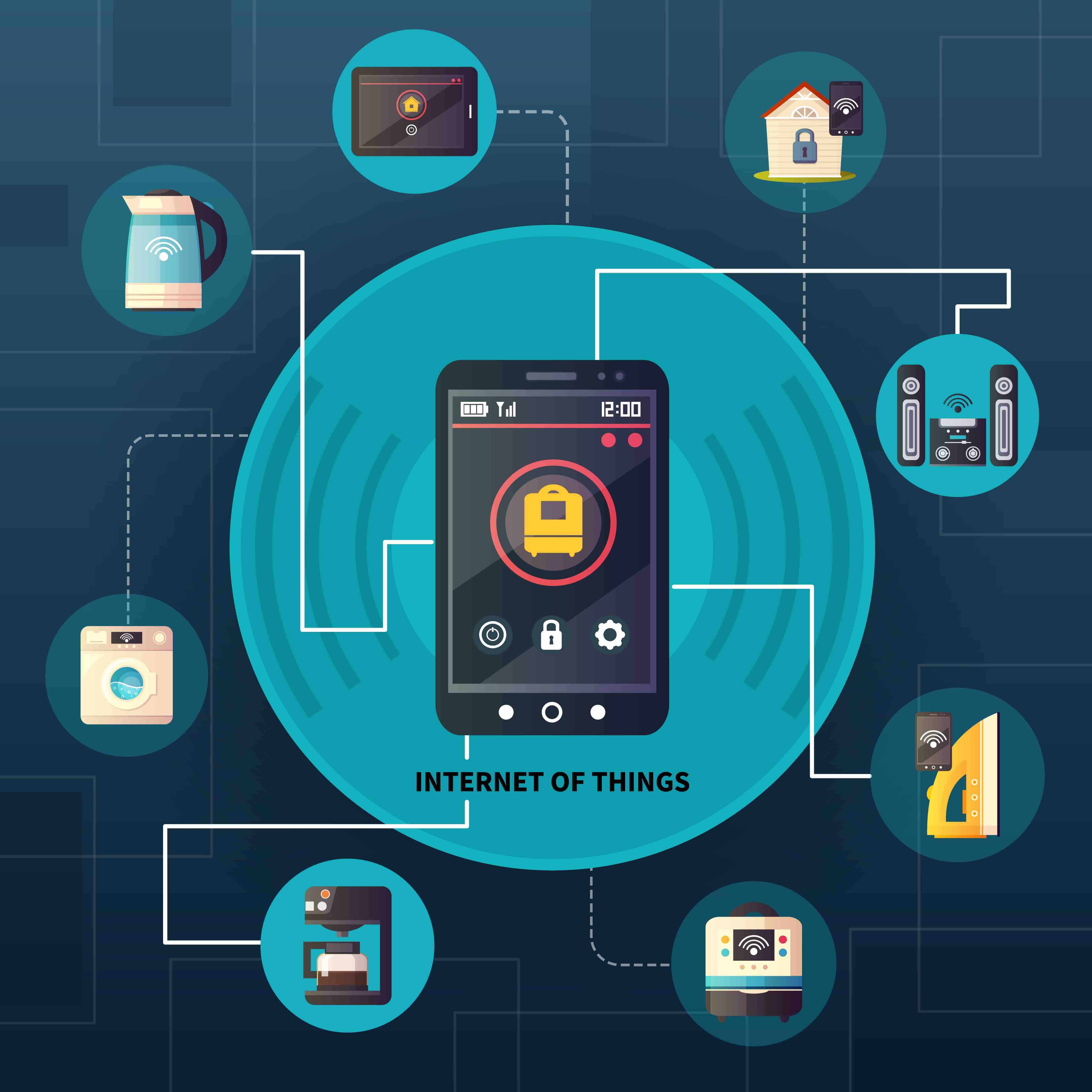examples of internet of things devices
Examples of Internet of Things in Daily Life

Abstract
Internet of Things (IoT) is a network of connected devices, which can interact and communicate with each other, without human intervention. The IoT technology has gained immense popularity due to its ability to streamline processes, automate mundane tasks, and enhance the overall efficiency of various industries in our daily life.
Introduction
IoT enables different devices, such as smartphones, vehicles, smart homes, appliances, and wearables, to connect and communicate with each other, using the internet, and wireless sensors. This system allows the devices to collect and share data, enabling businesses to make informed decisions. IoT technology is transforming the way we live our lives, and we have curated a list of examples of IoT in daily life.
Content
1. Smart Homes:
Smart homes are a popular example of IoT in daily life. Devices within our homes, such as thermostats, lighting, and security systems, can all be controlled with a smartphone or voice commands through digital assistants like Amazon Alexa, Google Home, or Apple HomePod. These devices can adapt to our preferences and environmental factors, such as adjusting the temperature to match the outdoor weather or powering down the lights if there is no movement in the house.

2. Wearable Technology:
Wearable technology is another popular example of IoT in daily life. Fitness bands, smartwatches, and health monitors can track our heart rate, activity level, sleep patterns, and more. These devices can gather data and analyze it to provide personalized recommendations that can help us achieve our fitness goals. They can also alert us if something seems off, such as an irregular heartbeat, and send an alert to our doctor.

3. Smart Transportation:
Smart transportation is an example of IoT technology that is revolutionizing the way we travel. Connected cars, buses, and trains can communicate with one another, with traffic signals, and with infrastructure like parking meters, reducing congestion and enhancing safety. Smart car sensors can detect problems before they become serious, alert drivers to hazards, and even help them park. Developers are also working on autonomous vehicles that will use IoT technology to navigate traffic without human help.
4. Healthcare:
IoT in the healthcare sector has improved patient care, efficiency, and safety. Wearables and sensors can track a patient’s vitals, send alerts if there are concerning changes in the patient’s condition, or air out distress calls in the event of a medical emergency. Connected medical devices can send data to electronic medical records (EMR) in real-time, allowing healthcare providers to make informed decisions based on the patient’s medical history.
5. Retail:
IoT technology is transforming the retail experience for customers by easing the check-out process and personalizing the shopping experience. Smart shelves can automatically detect when an item needs restocking, reducing time spent tracking inventory. IoT-enabled kiosks can adjust prices for customers and notify store associates when higher-value items are in high demand.
Conclusion
The internet of things has enabled organizations and individuals to streamline their daily lives, automate routine tasks, and create a more personalized experience. The possibilities are endless for the continued development of IoT technology in making our lives easier and safer. In conclusion, IoT is still evolving, and we are sure to see more exciting new applications and advancements in the future. By having IoT technologies integrated into our daily lives, we can achieve efficiencies, cost savings, and other benefits.

Source image : studiousguy.com

Source image : www.businessinsider.com

Source image : telecoms.adaptit.tech





